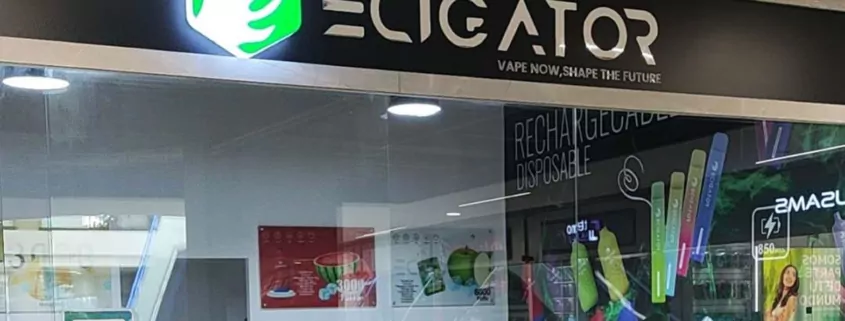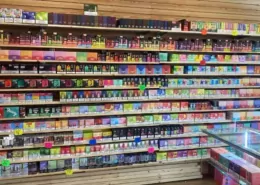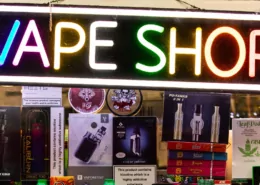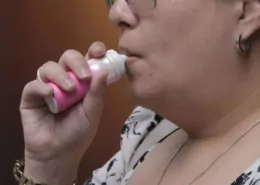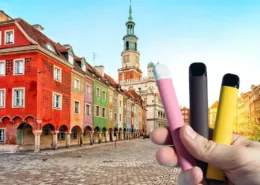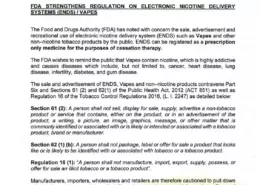Colombia’s New Vape Law: A Reality Check on Enforcement
Colombia has taken a significant legislative step to control the burgeoning vape market with the passage of its “anti-vaping law” (Ley 2354). The law, which saw its final key provisions on advertising and promotion come into force on May 9th. However, as the country begins to navigate this new regulatory landscape, a complex reality is emerging. While the law on paper is comprehensive, its real-world implementation is fraught with challenges, including a thriving informal sales market, a contentious debate over product display versus advertising, perceived inefficiencies in enforcement, and a slow rollout of public education campaigns. This deep dive explores the core tenets of Colombia’s new law and the significant hurdles it faces in achieving its public health goals.
The Core of the Law
The law, championed by Senator Norma Hurtado, is considered one of the most comprehensive in Latin America. Its key provisions include:
- Ban on Sales to Minors: Prohibits the sale of all vaping devices and e-liquids to anyone under the age of 18.
- Ban on Advertising, Promotion, and Sponsorship: A complete prohibition on all forms of advertising, promotion, and sponsorship for e-cigarettes and related products. This came into full effect on May 9th.
- Public Use Restrictions: Prohibits vaping in enclosed public spaces such as offices, restaurants, and schools, mirroring the rules for traditional cigarettes.
- Mandatory Health Warnings: Requires packaging to display health warnings similar to those on cigarette packs, alerting consumers to the risks.
The First Major Hurdle: The Informal Sales Market
One of the most significant challenges to the law’s effectiveness is the thriving informal market of street vendors. Along Bogotá’s iconic Carrera Séptima, a major avenue lined with universities, numerous street vendors who traditionally sell chocolates and sweets have now added vaping products to their offerings, including devices from major tobacco companies like Philip Morris (VEEV and TEREA sticks).
When questioned, these vendors often state that the products are supplied by Coltabaco, the Colombian company acquired by Philip Morris in 2005. Philip Morris does not deny its relationship with these vendors, stating that it has launched an “educational campaign” for over 102,000 points of sale, including street vendors, to inform them of the new law, particularly the ban on sales to minors. British American Tobacco also acknowledges its relationship with these vendors and claims to provide the same training and regulatory guidance as it does to other commercial allies.
However, the reality on the ground appears different. Of seven vendors questioned for the original report, only one (who also sold British American Tobacco products) claimed to have received any form of training. Blanca Llorente, research director at Fundación Anáas, views the idea of effectively monitoring these informal points of sale to prevent sales to minors as a “fantasy.”
The Gray Area of Retail: Product Display vs. Advertising
Another major point of contention is the way vaping products are displayed in major chain stores like OXXO. In many of these stores, a wide variety of vaping devices – with different brands, flavors, sizes, and colors – are prominently displayed in large glass cases, often at the point of sale. Public health advocates like Llorente, Daniel Dorado of Corporate Accountability, and Carlos Jiménez of Red Papaz argue that this prominent, attractive display constitutes a form of advertising and promotion, which is now prohibited by law. They are particularly concerned about nicotine pouches, which are sometimes placed next to products like cookies, in full view of all customers. “That is presenting them in a very attractive way,” Llorente insists.
The industry, however, draws a sharp distinction between display and promotion. OXXO stated that it does not conduct “any type of advertising or promotion” and that the “display and sale of these products are carried out in strict compliance with the legal framework.” British American Tobacco argues, “The merchant has the right to show the products they offer, and the consumer has the right to see which products are available.” RELX, a popular vape brand, similarly argues that promotion involves an “action oriented to incentivize consumption,” while display is merely “the simple visibility of the product at the point of sale.”
This debate is not new and is the subject of a pending lawsuit in which NGOs have challenged circulars from the Superintendence of Industry and Commerce (SIC) that previously permitted the display of tobacco products. While awaiting a final decision, the Council of State has suspended those circulars, creating a legal gray area that remains filled with colorful and flavorful products.
In contrast, other stores like Carulla have adopted a much more neutral approach, displaying vapes in plain black boxes showing only the device name and price, without vibrant colors or the devices themselves being visible.
Ecigator is one of the well-known vape brands spun off from FM Technology Co., Ltd, it’s an ISO-certified disposable vape manufacturer for OEMs, ODMs, and OBM since 2010. The founder team comes from top firms with more than 10 years of experience in the vaping industry and has devoted thousands of hours to providing users with a better and better experience.
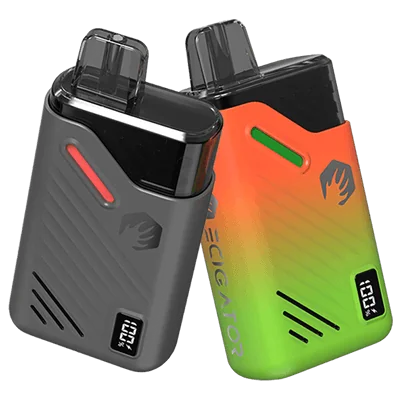
18K Disposable Pod Kit
Disposable Pod Kit – 18ml changeable pod with 650mAh rechargeable battery.
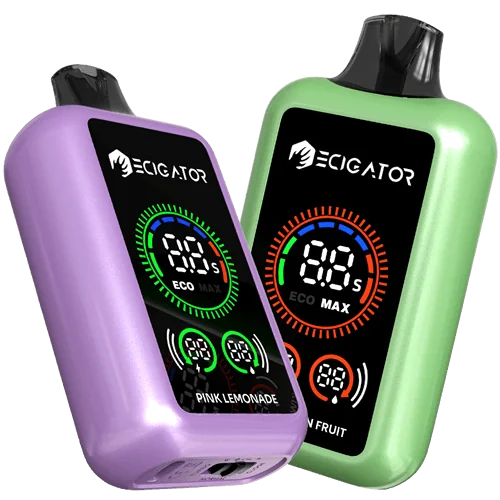
20K with Large Screen
20000 Puffs Disposable Vape with large screen. Normal and Boost working modes.
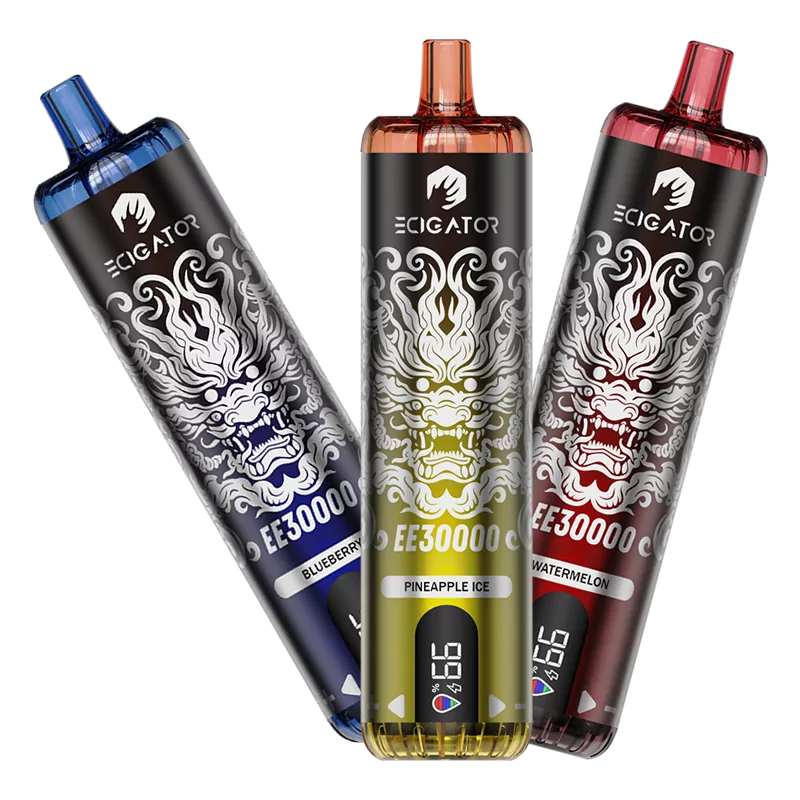
30K DTL Disposable
30K Puffs DTL(Directly to Lung) disposable vape with airflow control and screen.
Enforcement and Sanctions: A History of Inefficiency?
A significant concern for public health advocates is the historical performance of the Superintendence of Industry and Commerce (SIC), the body responsible for sanctioning companies that violate tobacco and now vaping laws. Daniel Dorado of Corporate Accountability notes that with the 2009 anti-tobacco law, implementation was slow, and the SIC’s enforcement was lacking. “The vast majority of complaints presented by civil society have taken more than two years and, in many cases, have ended up being archived,” he says.
In its defense, the SIC argues that these are complex cases involving many actors and that the responsible office also investigates numerous other sectors, stretching its resources. Data provided by the SIC shows that since 2013, it has imposed only 16 fines related to tobacco/vape products. The largest penalties have been issued to companies like British American Tobacco Colombia S.A.S. and Inversiones Glu Cloud S.A.S. for issues like misleading information and advertising, and lack of protection for minors.
With the new anti-vaping law in place, the SIC states it has a strategy to identify non-compliance, including administrative visits to websites (17 conducted so far) and physical stores. Between June and July, it sent 231 communications to establishments in Bogotá, and plans 50 in-person visits in August and September to verify compliance. However, advocates remain skeptical, hoping for more efficient and robust enforcement this time around.
Public Education: A Slow Start
Another area of concern is public education. The law mandated the Ministry of Health to design and implement educational campaigns about the risks of vaping. However, advocates have detected little activity on this front. A review of the Ministry’s social media accounts shows minimal mention of the new law or its implications since May 2024. The Ministry states it is currently “designing a communications strategy” and has held some institutional dialogues and is planning webinars for school counselors and teachers in September and October.
In contrast, local health secretariats in cities like Bogotá and Medellín have been more proactive. Bogotá has launched educational initiatives like “Desvapea Tu Mente” (“Unvape Your Mind”) to debunk vaping myths and has conducted over 9,000 interventions to raise awareness. Medellín is about to issue a decree to implement the law locally and has launched a strategy to install “no smoking or vaping” signs around hundreds of educational institutions.
Conclusion: A Law on the Books, A Battle on the Streets
Colombia’s Ley 2354 represents a significant and comprehensive legislative achievement in the fight to control vaping and protect public health, particularly for its youth. However, its success is far from guaranteed. The law’s effectiveness will ultimately depend on overcoming formidable challenges: reining in a pervasive informal sales market, resolving the contentious legal gray area between product display and prohibited advertising, ensuring robust and timely enforcement by regulatory bodies, and rolling out effective, widespread public education campaigns. While some universities have declared themselves “smoke and vape-free,” the sight of young people vaping openly on their campuses serves as a stark reminder of the gap between the law on the books and the reality on the ground. The journey to effectively regulate vaping in Colombia has begun, but the path ahead is long and complex.
- Read more: How to Open a Vape Shop in Colombia (2025 Legal Guide)
- Article source: Lo que debería saber sobre las nuevas reglas en Colombia
- Is It Illegal to Vape or Smoke While Driving in Massachusetts? - August 5, 2025
- Austria Plans to Ban Disposable E-Cigarettes - August 5, 2025
- Vaping vs. THC Drinks: Which Cannabis Option Is Right for You? - August 4, 2025

